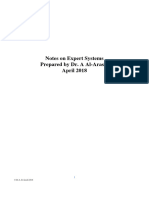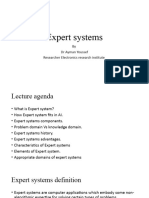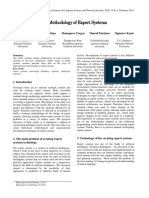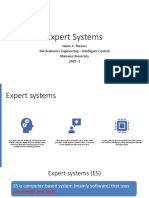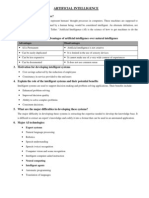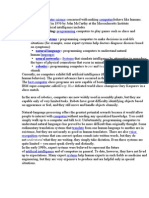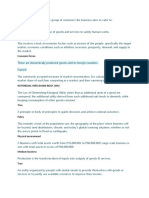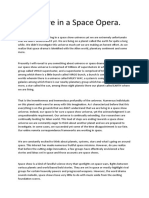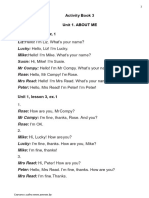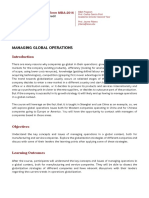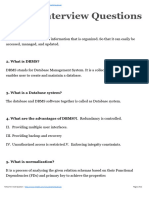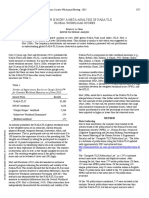0% found this document useful (0 votes)
33 views10 pagesTopic 7 Notes AI
The document covers key concepts in Natural Language Processing (NLP), Expert Systems, and Genetic Algorithms. It explains the components and objectives of expert systems, including their development process and benefits, while also discussing decision trees and their construction methods. Additionally, it introduces genetic algorithms as optimization tools inspired by natural selection, detailing their objectives and applications.
Uploaded by
LucassiCopyright
© © All Rights Reserved
We take content rights seriously. If you suspect this is your content, claim it here.
Available Formats
Download as PDF, TXT or read online on Scribd
0% found this document useful (0 votes)
33 views10 pagesTopic 7 Notes AI
The document covers key concepts in Natural Language Processing (NLP), Expert Systems, and Genetic Algorithms. It explains the components and objectives of expert systems, including their development process and benefits, while also discussing decision trees and their construction methods. Additionally, it introduces genetic algorithms as optimization tools inspired by natural selection, detailing their objectives and applications.
Uploaded by
LucassiCopyright
© © All Rights Reserved
We take content rights seriously. If you suspect this is your content, claim it here.
Available Formats
Download as PDF, TXT or read online on Scribd
/ 10
















